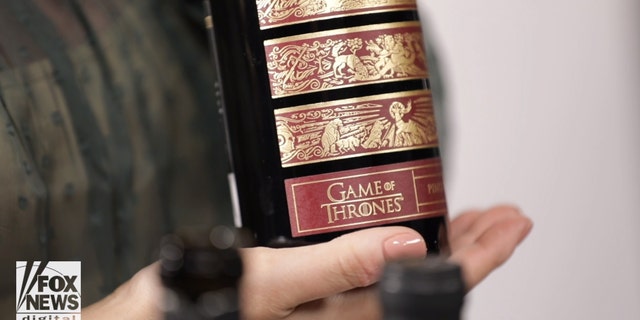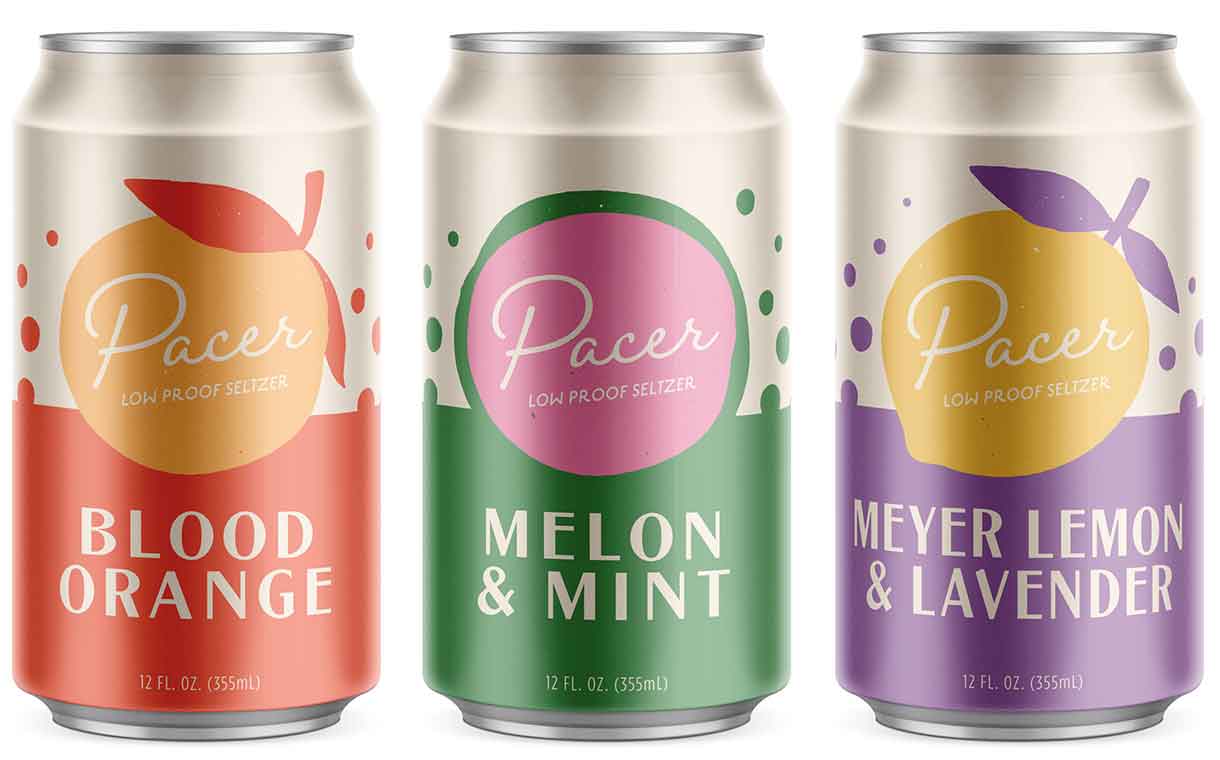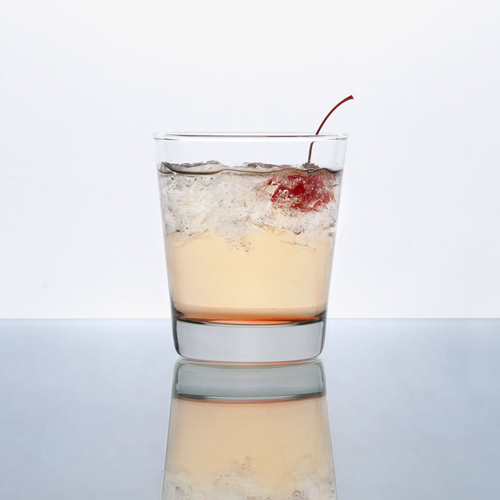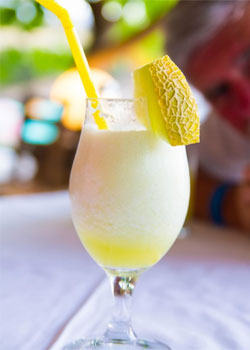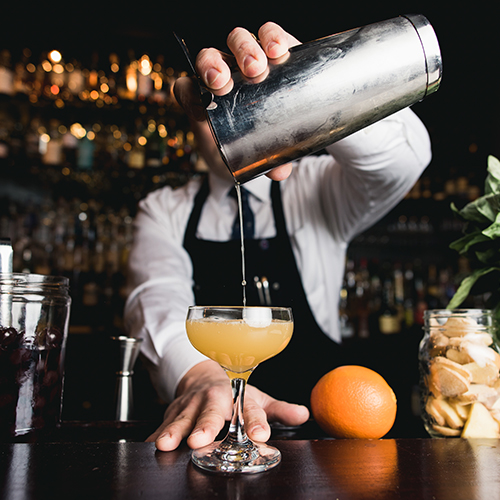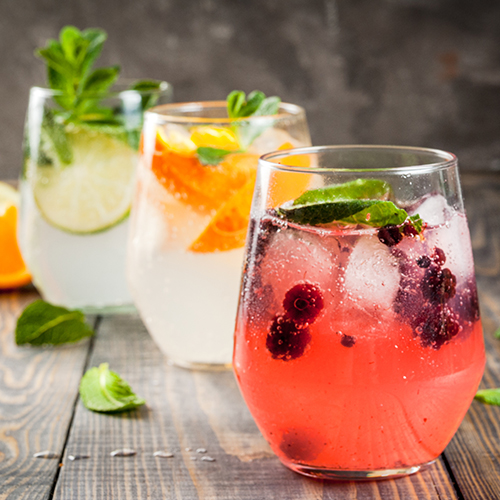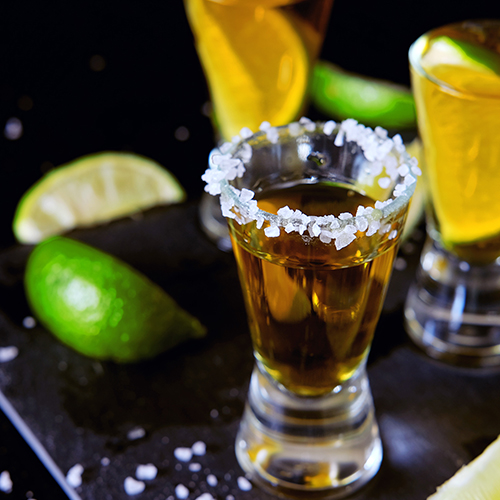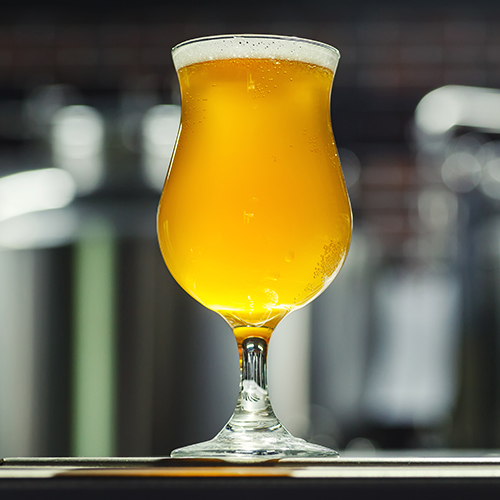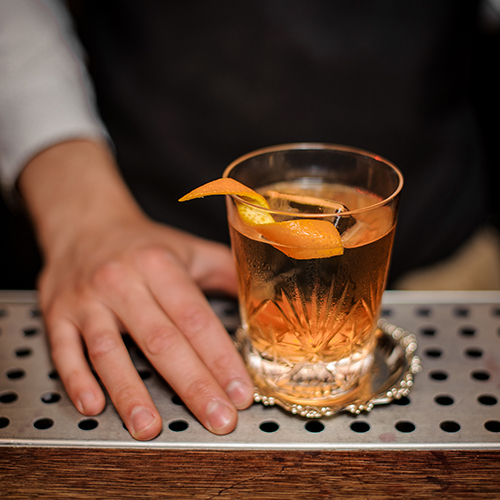In 2019, it's anticipated that many people will choose to save money by drinking at home instead of going out to bars. When they do go out, customers will be expecting craft drinks made with unique ingredients, complex flavors, and visual appeal. Today’s digitally savvy customers have more choices than ever before when it comes to where they will spend their disposable income, so they’ll be looking for a special experience that can’t be found at the typical watering hole or local dive. Paying attention to
new techniques and trends will help bar owners and managers to create an interesting and fresh bar experience for their guests. We’ve identified some emerging trends that will help you to retain your customer base and attract new business in the new year.
Bartending Competitions
Over the years, the role of the bartender has evolved into a position that garners much more respect and prestige than in the past. The primary responsibility of serving drinks remains the same, but bartenders are expected to create a spectacle through the use of flashy preparation, creative garnishes, and their own innovative
cocktail recipes. The rise of bartender competitions gives the bartending community a place to show off their skills, gain the recognition of their peers, and compete for a cash prize. Winning a competition can help put a bartender, or the bar where they work, in the spotlight. Think about entering your bar staff in one of these upcoming competitions to gain some acclaim for your bar:
- Heaven Hill Brands Bartender of the Year
- Bombay Sapphire Most Imaginative Bartender Competition
- The Diageo Reserve World Class Bartender of the Year
- Jameson Black Barrel Neighborhood Bartender Competition
Japanese Whisky
Appreciation for Japanese whisky has been on the rise since 2014, when Yamazaki’s 2013 Single Malt Sherry Cask was named the best whisky in the world by critic Jim Murray. Modeled after the Scotch tradition of whisky production, Japanese whisky is distilled twice before being wood-aged. Also like Scotch whisky, it’s spelled without an “e”. A notable difference between Japanese whisky and
American whiskey is an emphasis on improvement versus consistency. No two bottles of Japanese whisky will taste the same as distillers seek to refine each batch. It’s also not widely available in the US, which adds to its mystique. Try serving Japanese whisky with artful presentation to showcase this meticulously-made spirit.
Butterfly Pea Flower Tea
Mixologists are using a secret ingredient to create visually stunning cocktails that change color with a swirl of your straw. The butterfly pea flower has been used to make herbal teas in Asia for centuries and is now gaining fame as a cocktail ingredient. When first brewed, the tea is a deep, striking blue color that is worthy of attention on its own. But when the pH of the water is adjusted, the color will change from blue to purple to pink. Adding a lemon slice as a garnish allows guests to add their own lemon juice, creating an interactive color-changing experience. Another method is to freeze the tea into ice cubes and add them to drinks, causing swirling color changes as the cubes melt.
Wellness
Health-consciousness has found its way into the alcohol industry, leading to a demand for cocktails and spirits containing ingredients that we associate with wellness. Superfoods, medicinal herbs, teas, and cold-pressed juices are being used to create cocktails that could double as health tonics. The anti-inflammatory spice
turmeric is emerging as a popular ingredient, as well as herbs like thyme and tarragon. Customers want the best of both worlds; they want to wind down with a hand-crafted cocktail and still feel like they are doing something good for their body.
Mocktails
One of the biggest and most surprising trends for 2019 is non-alcoholic cocktails. The craze began with low ABV drinks and has now evolved to 100% virgin cocktails that are as finely-crafted as the alcoholic kind. The growing demand for no-proof drinks is being attributed to a couple different factors. Consumer awareness of cocktails has changed from the basic mixed drink to an intricate and meticulously-crafted production. Non-drinkers want to get in on this experience too. They want to socialize with their friends in a bar environment and enjoy a carefully prepared drink with complex flavors. A second factor is the emergence of non-alcoholic distilled spirits like Seedlip, a no-proof beverage similar to gin. With high-quality ingredients like this, bartenders are able to make creative, delicious virgin cocktails that vastly overshadow the humble Shirley Temple.
Mezcal
The Mexican spirit mezcal has been growing in popularity and is poised to become one of the best-selling spirits in the upcoming year. Thanks to its smoky flavor profile, it’s a bartender favorite when it comes to making unique cocktails. Like tequila, mezcal is made from harvesting the heart of a mature agave plant. In tequila production, the heart is steamed in an oven. To make mezcal, the heart is cooked in an earthen pit filled with wood and charcoal, which creates the popular smoky flavor. Adding a mezcal cocktail to your drink list will definitely draw some attention in 2019.
Brut IPAs
As far as craft beer is concerned, IPAs are predicted to remain the most popular beer style in 2019. Brewers are always looking for ways to improve upon their recipes and the creation of a new type of IPA is currently causing a lot of excitement in the beer world. Kim Sturdavant, brewmaster at the Social Kitchen & Brewery in San Francisco, was experimenting with removing residual sugars from a traditional IPA earlier this year. The result is a hoppy, aromatic beer that's light in texture and uniquely bone dry, like champagne, which he aptly named the Brut IPA. Breweries all over the country are now experimenting with this style and it’s worth consideration when you create your tap list.
Bars Inside Bars
The speakeasy fad that’s been going strong for several years is evolving into something a little less gimmicky. Instead of a secret bar with a hidden entrance, you can now find small, intimate bars placed inside of larger, busier bars. While the main bar serves customers en masse, those who are seeking a less-lively crowd can retreat to a quieter bar and order their favorite cocktails from a more detailed menu.
Sustainability
Today’s consumers not only care about their own health, they also care about the well-being of the planet. 2019 is poised to be the year of sustainability and cocktails are included in that trend. A sustainable cocktail is made with locally-sourced, organic ingredients that have a minimal effect on the environment. Going a step further, using ingredients that would otherwise end up in a landfill, like fruit peels and skins, helps to support a
zero-waste policy. Aquafaba, the leftover liquid from canned chickpeas, is in great supply in commercial kitchens and can be used in place of egg whites to make frothy, creamy drinks. Make sure to highlight sustainable ingredients in your cocktail descriptions and stock your bar with locally made spirits.
We’re at a point in time where consumers demand the very best products and service in return for their hard-earned money. This has created a competitive market that demands innovation and creativity. It’s not enough to slide by with a basic cocktail menu and the same list of spirits you’ve had for years. Try incorporating some of our predicted trends to build excitement around your drink list and to keep your bar environment fresh and contemporary.
